It has been a long time coming, but the EOS R1 is finally here. For years, the Canon R1 has been teased and hinted at before getting an official announcement two months ago. Now, finally, we at PetaPixel got our hands on an early test with the R1 body. That said, I cannot stress enough that it was a very early look.
Canon flew Jordan, Jaron, and myself down to Phoenix, AZ, to see the new $6,299 EOS R1 and R5 Mark II but our time with both cameras was limited to just a few hours, shooting local sports inside an arena. This was not nearly enough time to fully evaluate both cameras and the difficulty was further compounded by the firmware on both cameras having some bugs and quirks.

We did at least get a good feel for the ergonomics of the EOS R1 and were able to test the autofocus performance, too. It became very obvious, very quickly, that the EOS R1 is made for sports and journalism and is not the versatile “do it all” flagship we hoped it would be. However, Canon has definitely loaded the R1 with some innovative technology.
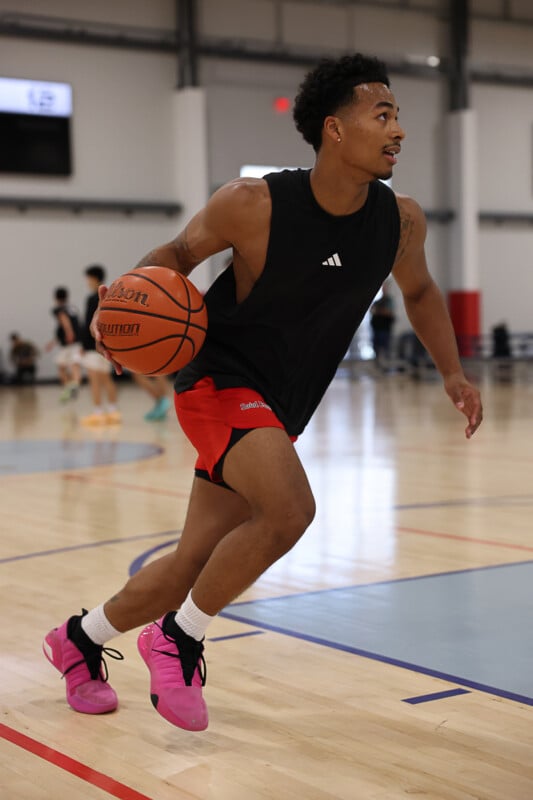
Canon EOS R1: A Familiar Body Design With Plenty of New Tech
The EOS R1 body harkens back to the now-famous design formula that has been present in every flagship since — I would argue — the Canon T90. Having a very familiar feel to the recent EOS R3, the R1 is comfortable to hold and comes in at around 34 ounces (964 grams). Like all professional Canon bodies, the R1 is rugged and designed to survive the most vicious of environments.

We see the return of the LP-E19 battery and the smart controller joystick on the back of the camera. This smart controller can also be customized to do one function at half-press and another at full. We also see the return of Canon’s Eye-Control autofocus mode which tracks the user’s eye and moves the AF point automatically. The R1 has a much enlarged electronic viewfinder to aid in reading and tracking the eye when using this system and I found it to work reliably despite it having some bugs when trying to calibrate it.
Built within the body is a highly effective roughly 8-stop IBIS unit which provides a stable platform to get sharp shots in poor light.

We have a brand-new EVF with an excellent 0.9x magnification factor combined with a high-resolution 9.4-million dot display. The EVF can reach incredibly high and almost painful levels of peak brightness (Canon declined to provide us with an actual nit measurement), which is fully customizable, of course. I loved the clarity of the EVF and the blackout-free shooting experience when using the electronic shutter. There is no drop in resolution when focusing or shooting, which is great, but the EVF will also not display the full HDR color space.
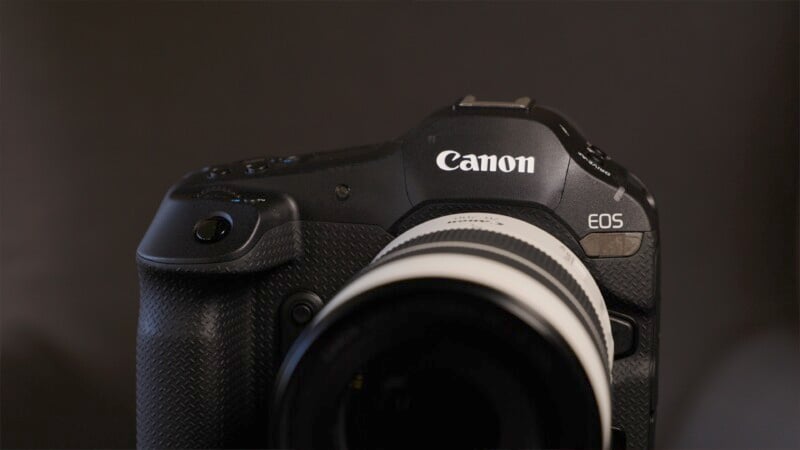
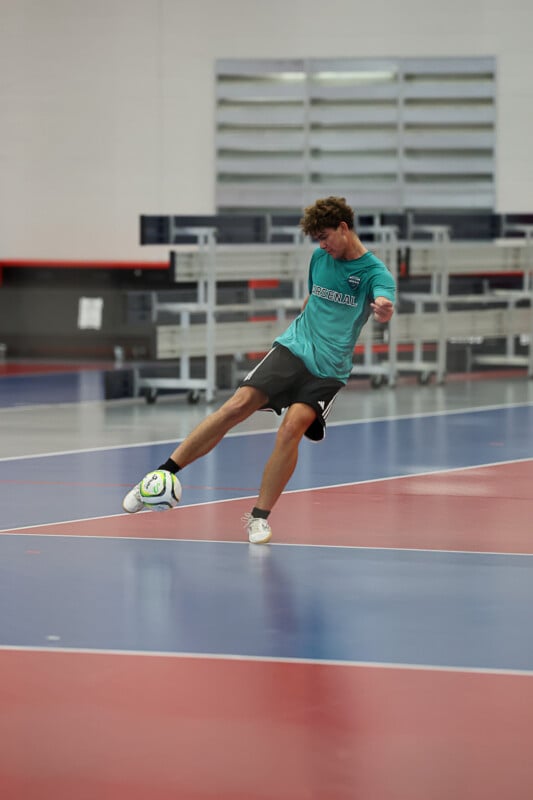
At the heart of the Canon EOS R1 lies the new stacked 24.2-megapixel, backside illuminated sensor which has faster read-out speeds than even the Nikon Z8, albeit with a much lower megapixel count. Our initial testing showed the readout speed to be around the 1/300 second mark, which is an excellent result without going to a global shutter. Rolling shutter is negligible and the sensor can resist most banding issues, too. The sensor is most certainly fast enough to preclude the need for a mechanical shutter but the R1 does have one if absolute control is required to mitigate any rolling shutter and banding issues.


Canon EOS R1: A Camera Purpose-Built for Speed
With the mechanical shutter, the R1 can shoot up to 12 frames per second (FPS), however, go to the electronic shutter mode and the camera can push up to 40 FPS when needed. There is a pre-buffer shooting mode which works great and retains a fixed 0.5-second amount of time before the shutter is pressed to ensure that the decisive moment is captured. Thanks to the twin CFexpress Type B slots, the camera can shoot bursts for long periods of uninterrupted time and clear quickly to shoot another burst again immediately. Canon states that in RAW+JPEG mode with a suitable card, the R1 can shoot 1,000 frames before slowing, which translates to “virtually unlimited” in most shooting scenarios.
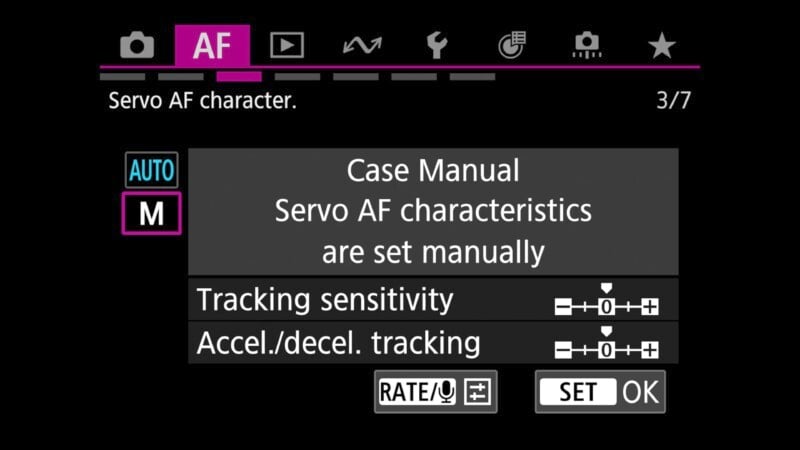

Autofocus is still too early in the development stage to fully evaluate but even in its unfinished state, it was very effective. I found my hit rate to be very high and the R1 tracked moving subjects accurately in low-light situations, even with other subjects moving between the subject and lens. Canon has vastly simplified its autofocus menu to more intelligently and automatically decide on the best course of action without direct input from the photographer. Instead, there are sliders to adjust tracking AF to be more reactive or locked-on as well as three new sports-specific modes which currently include soccer, basketball, and volleyball.
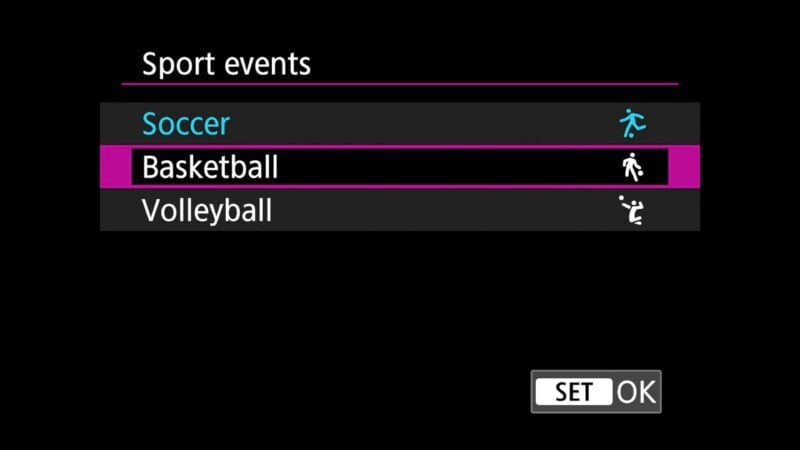

Despite the issues many had with getting the camera to calibrate the eye-tracking autofocus (Jordan still cannot get it to function at all), it still worked very well for me. Just like my experience with the R3, I found the focusing point would follow my eye and lock on to the subjects I intuitively wanted to have in focus. With a little practice, this is a very viable and unique way of focusing and I honestly love using it. If this feature isn’t working or isn’t your style focus can still be achieved easily with the smart controller or more traditional point selection tools. Like all top-tier cameras, the Canon EOS R1 gives the photographer many paths to success and has a focusing system that can be customized and tuned to your specific needs.


Canon EOS R1: A Healthy Dose of Deep Learning and Video Improvements
Canon has debuted two new camera-based tools to aid the journalist or sports photographer almost exclusively. The first tool is an in-camera resolution boost that can multiply the megapixels of a JPEG file by a factor of four. It’s important to note that this is not using a pixel-shift technology in any way but rather simply ups the megapixel count without adding any artifacts or softness. Detail is preserved with this megapixel gain and it is very much akin to changing the image size in Photoshop for example, but can be done to a file in-camera. In practice, this is a fairly minor quality-of-life improvement to save a photog a little time.

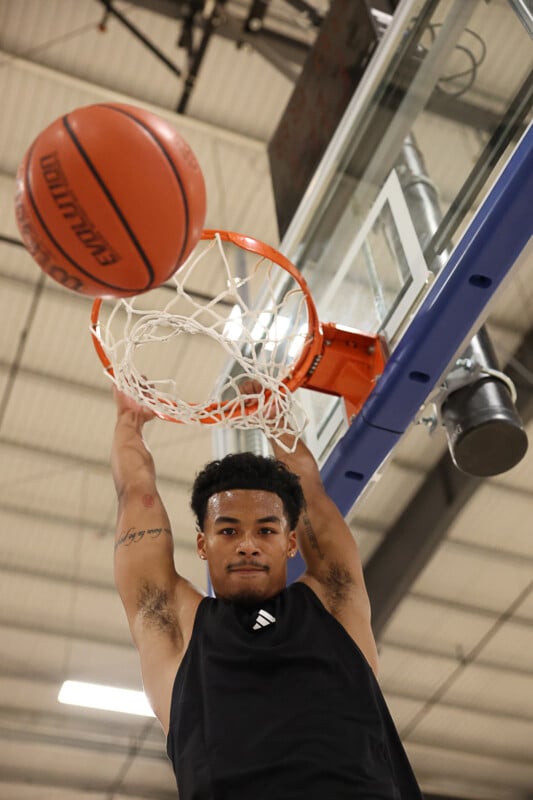
More useful in my opinion is the deep-learning noise reduction that can be applied in-camera to a RAW file and will output a JPEG. This is a somewhat useful tool that reduces noise while at the same time enhancing clarity and detail. The improvement is quite noticeable and will be handy for any situation where editing like this is allowed for the project and low-light high ISO shots are a necessity. The results remind me of similar programs like the popular Topaz suite and could save the photographer some time by avoiding the post-process phase for quick edits, however, I imagine most users will still want to go through a traditional workflow of downloading images and editing them on a computer.

On the video side, a flagship camera needs some chops when it comes to filmmaking. The R1 has a fantastic sensor for video given its fast read-out speeds and the R1 should be able to handle some serious record modes. The R1 does support oversampled 4K video up to 60 frames per second which should satisfy most shooters doing sports and action. However, although the camera can shoot 4K at 120 frames per second the video is subsampled and the quality takes a bit of a hit. The sensor is also capable of shooting 6K recording but only if you use the proprietary Canon RAW format. Now there is nothing wrong with this format as it provides excellent malleability to the file in post, but if you are hoping for an easy-to-edit compressed 6K format you will have to wait and see.
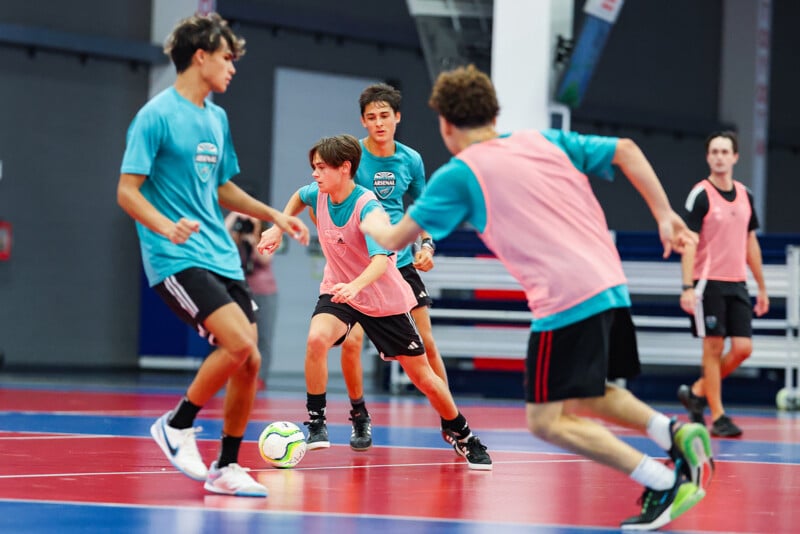
We were very happy to see that Canon has added the C-LOG2 profile to its compressed footage which has excellent dynamic range and can be graded easily and heavily if desired. There is also a tally lamp which is excellent for the kind of work we do and overall the R1 is a capable video tool for the hybrid shooters that need it. The R1 does omit a waveform monitor despite it being added to the R5 — an exclusion that simply baffles us.


Is the Canon R1 Good? It’s Too Early to Tell
Given the pre-production nature of the R1, we got to test, it’s too early to make any solid evaluations about this camera. What we could see though is the potential for the R1 to be a very powerful journalistic style camera. There is no denying that it will be fast focusing, fast shooting, rugged, and with image quality that is ideal for journalism and web publication.
However, I keep saying words like “journalistic” when describing this camera and that is where the R1 falters as a flagship. When the R3 came out, it was very apparent that it was intended as a specialized tool for lower-megapixel shooting — namely, journalism. It was fast and rugged but very expensive, and it only found a market with publication outfits that needed such a specialized tool.

When I got my hands on the R1 and saw the specifications and the two shooting situations that Canon set out for us to test it in, I couldn’t help but feel that this camera was far more like an R3 Mark II rather than a modern flagship worthy of the R1 name.
There are so many unanswered questions about this camera regarding image quality and true autofocusing potential that can only be done with a final production camera, so we will have to save any final judgments for when we get a production R1 to evaluate.
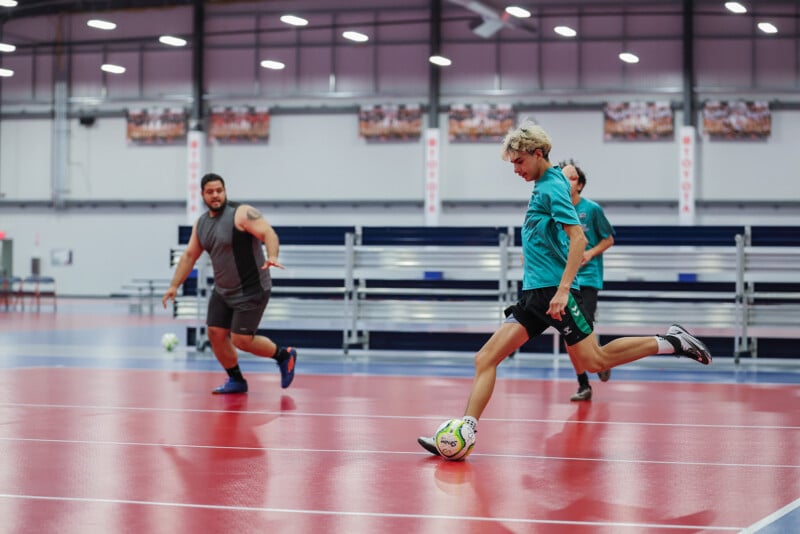
What is clear about this new R1 camera — and what becomes my main issue — is that this it targets the same customer base that the R3 does regardless of how many thoughtful improvements there are. There is no denying that the R1 has some powerful tech inside it but it is walking a path Canon already treaded and frankly, it is a path that relatively few photographers choose to walk.
I can only hope that Canon recognizes this and is developing a higher-megapixel, less-specialized version of the camera to be released soon.
